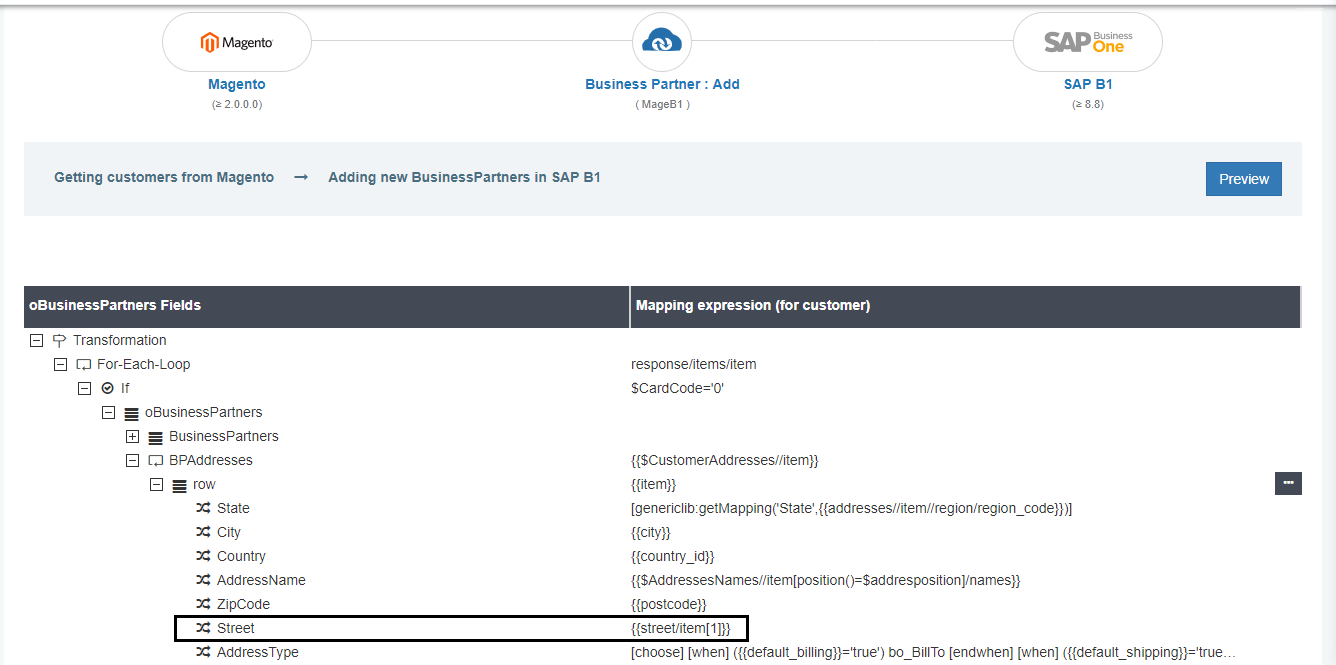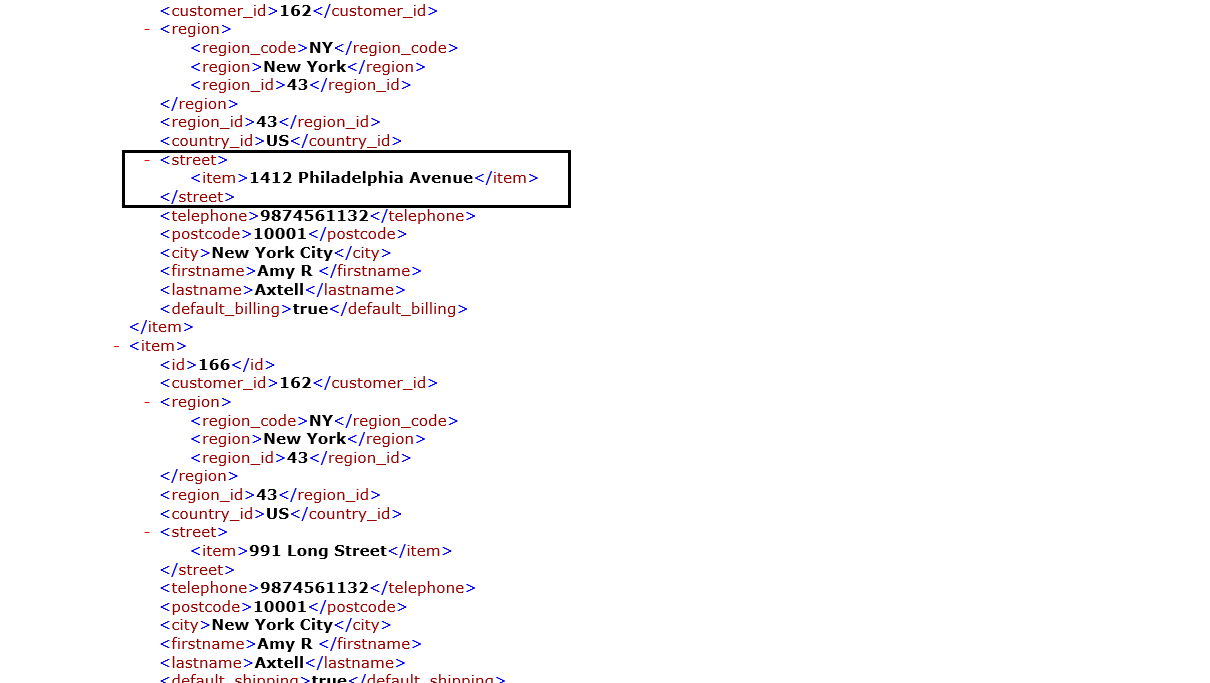Implementing Xpath Mapping in Workflow
Updated:
Use Case Name
Handling XPATH in Mapping
Brief Description
XPATH is an essential concept that is required when implementing mapping and transformations. XPATH access nodes in a hierarchical structure as represented in the XML file. Click here to know more about XPATH.
Actors
Implementers, Developers, Partners
Preconditions
Organisation Creation & Connection Creation
Note: In case of Custom Apps Touchpoints is needed to be created first for implementing Tracking.
Basic Flow
- Navigate to the touchpoint after login, for which the Mapping is to be done.
- Click on the Transform button on the touchpoint you have selected. The user will now be able to view the Transform screen of that touchpoint.
- Expand the Transform node till the Complex Objects and the ComplexObjectsCollections are visible.
Note: In this case the touchpoint Business Partner add is used for the connection Magento2 and SAP B1. - In the ComplexObject
BPAddresses, XPATH has been provided for mapping the attribute Street.

Note: The XPATH should be provided based upon the INPUT packet generated after the sync process. As a prerequisite, the touchpoint should be synced for viewing the XML nodes structure hierarchy. - The XPATH mapped is
{ {street/item[1]} }. [1] indicates the first position instance of the node item under the element street shall be accessed. - For easy know-how, view the input packet provided below.

Note: XPATH can be mapped in any entity, be it a ComplexObject, ComplexObjectCollection or an attribute. XPATH can be used for mapping in variables too.\
Post-Conditions
The user can view the successful sync of the touchpoints for the connection Magento2 and SAP Business One.
Exception Courses
The user can view the error logs in the RESYNC Bucket of the agent (Cloud and OP), if the touchpoint fails to sync. Click Here to know more about the troubleshootings.
Frequency of Use
The user can implement rendering when required for any touchpoint.
Assumptions
Not Applicable


